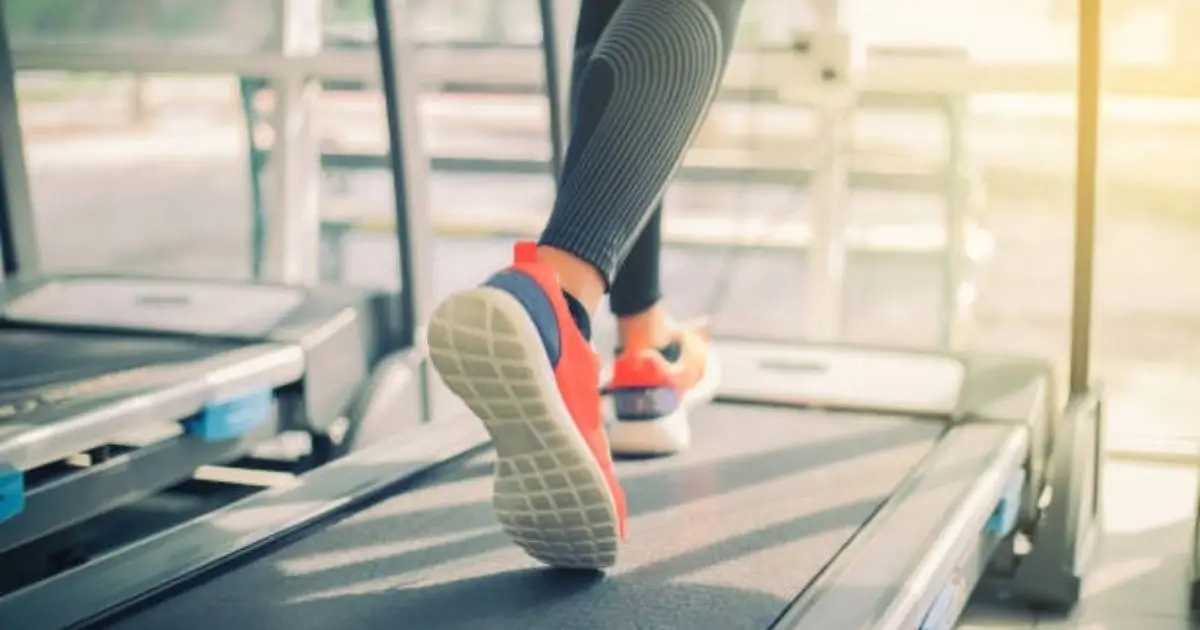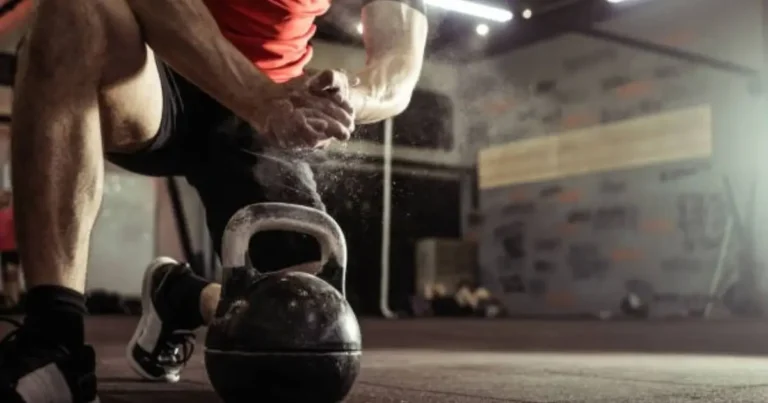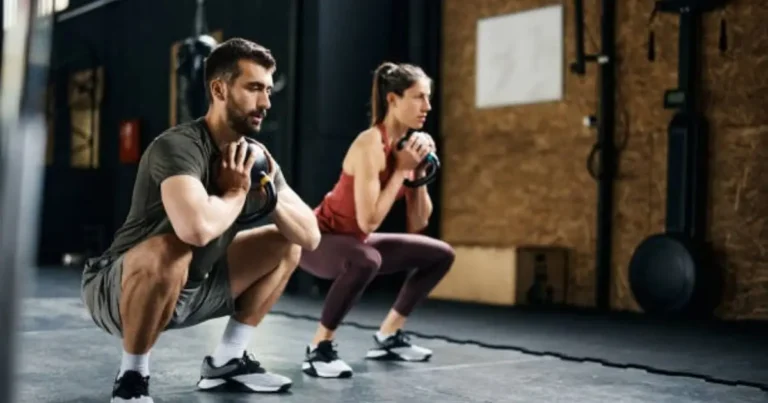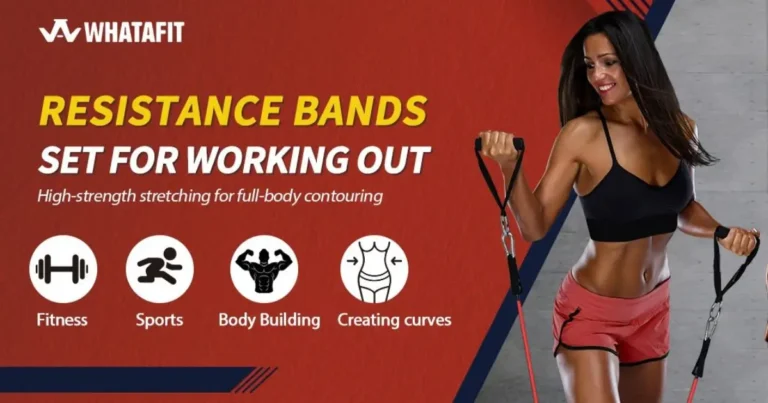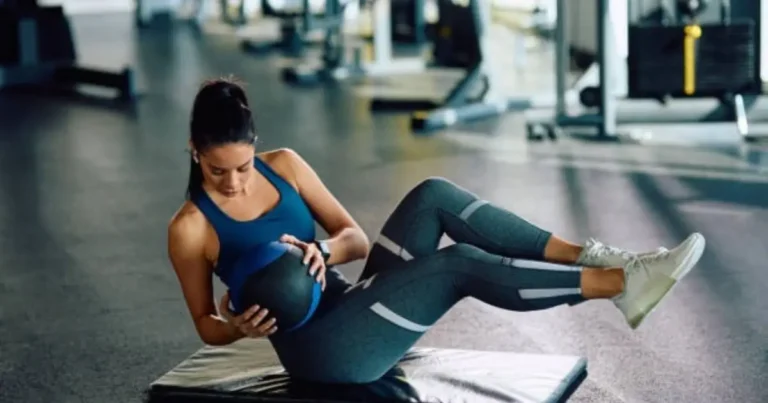HIIT Training Treadmill Workout: Learn how to structure a high-intensity interval training session on the treadmill for maximum cardio benefits.
1. Introduction: Say Goodbye to Boring Cardio
Stuck in a cardio rut? You’re not alone, whether you’re short on time or frustrated by slow progress. Traditional treadmill workouts can feel monotonous and time-consuming, often delivering minimal results. But what if you could torch calories, boost endurance, and build cardio strength—all in under 30 minutes?
Welcome to the world of HIIT training treadmill workouts, where science meets sweat and every second counts.
In this definitive guide, you’ll discover:
- What HIIT is and why treadmills are perfect for it
- Science-backed benefits of HIIT on a treadmill
- Multiple beginner-to-advanced routines
- Warm-up and cool-down protocols
- Safety tips, motivation hacks, and more
Let’s get moving.
Table of Contents
2. What is HIIT Training? (And Why the Treadmill is Ideal)
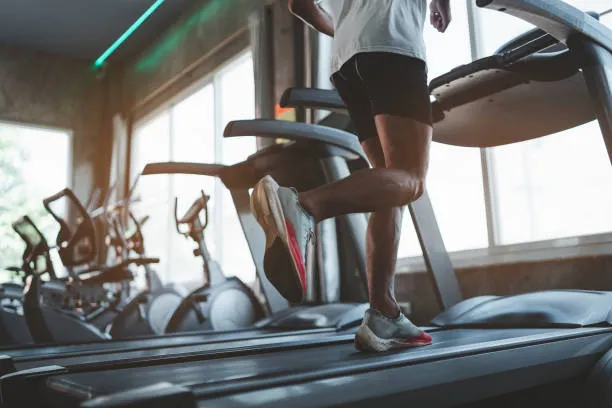
HIIT stands for High-Intensity Interval Training—a method that alternates short bursts of intense activity with periods of active recovery or rest. A typical HIIT session involves a work-to-rest ratio such as 30 seconds sprinting followed by 60 seconds walking.
Why use a treadmill for HIIT?
- Precise control over speed, incline, and duration
- Safety features like auto-stop and handles for balance
- Metrics at your fingertips: track distance, heart rate, calories, and time
“HIIT on a treadmill allows for fine-tuning intensity, making it ideal for progression and tracking results,” says certified personal trainer Emily Jacobs.
3. Key Benefits of Treadmill HIIT Training
Here’s what makes a HIIT training treadmill workout worth every drop of sweat:
✅ Max Calorie Burn & Fat Loss
Thanks to EPOC (Excess Post-Exercise Oxygen Consumption), you continue burning calories long after your session ends.
✅ Boosts Cardiovascular Health
Improves VO2 Max (oxygen uptake), enhancing heart and lung function.
✅ Time-Efficient
Get better results in 20 minutes than 60 minutes of steady-state cardio.
✅ Increases Stamina & Muscle Endurance
Targets your legs, core, and glutes—especially when incline is added.
✅ Builds Mental Toughness
Pushing through intense intervals fosters resilience and discipline.
4. Safety First: Start Smart
Before diving into treadmill HIIT training, set yourself up for success with these safety essentials:
- 🔍 Get Medical Clearance if you’re new to exercise or have health conditions.
- 🏃 Warm Up: 5–7 minutes of brisk walking + dynamic movements (see next section).
- 🧠 Know Your Intensity: Use the RPE scale (Rate of Perceived Exertion, 1–10) or target heart rate zones to monitor effort.
- 🏃♂️ Use Proper Form: Run tall, look forward, don’t grip rails.
- 🚨 Listen to Your Body: Stop if you feel dizzy, nauseous, or pain beyond normal effort.
✔️ Pro Tip: Never jump into advanced treadmill HIIT training without mastering beginner intervals first.
5. Dynamic Warm-Up Protocol (5-7 Minutes)
A proper warm-up preps your muscles, elevates your heart rate, and reduces injury risk. Try this:
| Exercise | Duration | Notes |
|---|---|---|
| Brisk Walk | 2 mins | Treadmill speed 3.0–3.5 mph |
| Leg Swings (off treadmill) | 30 sec/leg | Hold rail for balance |
| Arm Circles | 30 sec each direction | Forward + backward |
| High Knees | 30 sec | On or off treadmill |
| Walking Lunges | 1 min | Optional incline 1% |
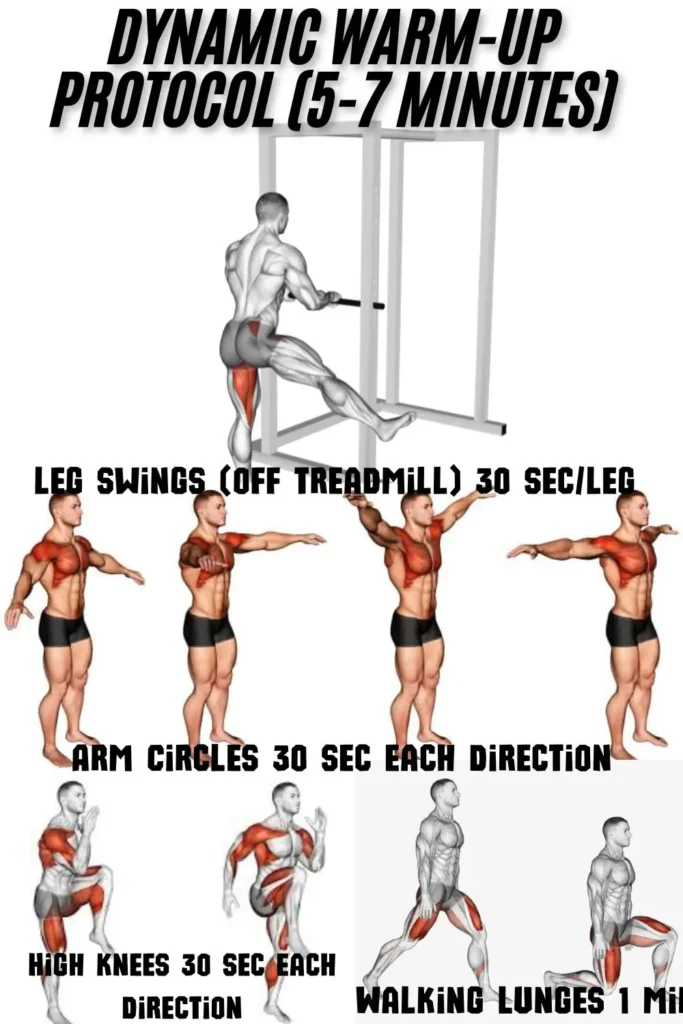
6. Treadmill HIIT Workout Protocols (Beginner to Advanced)
Choose your level and goal. All workouts include RPE guidance and suggested treadmill settings.
🟢 Beginner Foundation (15–20 Minutes)
| Round | Work (30s) | Rest (90s) | Speed (mph) | Incline (%) | RPE |
|---|---|---|---|---|---|
| 1–8 | Brisk Walk/Light Jog | Walk | 4.0–5.5 | 0–1 | 5–6 |
👟 Goal: Learn interval pacing and build cardio base.
🟡 Intermediate Intensity Builder (20–25 Minutes)
| Round | Work (45s) | Rest (75s) | Speed (mph) | Incline (%) | RPE |
|---|---|---|---|---|---|
| 1–8 | Run | Jog/Walk | 6.0–7.0 | 2–3 | 6–7 |
🔥 Add incline for extra challenge. Focus on smooth transitions.
🔴 Advanced Performance Push (25–30 Minutes)
| Round | Work (30s) | Rest (45s) | Speed (mph) | Incline (%) | RPE |
|---|---|---|---|---|---|
| 1–10 | Sprint | Walk/Slow Jog | 8.0–10.0 | 4–6 | 8–9 |
⚡ Advanced treadmill HIIT training pushes anaerobic limits. Use caution.
🎯 Goal-Specific: Fat Loss Protocol
| Round | Work (1 min) | Rest (1 min) | Speed (mph) | Incline (%) | RPE |
|---|---|---|---|---|---|
| 1–12 | Moderate Run | Walk | 5.5–6.5 | 1–2 | 6–7 |
📉 Ideal for maximizing fat burn while maintaining intensity.
7. Essential Cool-Down & Stretch (5–10 Minutes)
Never skip this step. Gradually lower heart rate and stretch target muscles:
| Step | Activity | Duration |
|---|---|---|
| Walk | 3.0 mph flat | 3 mins |
| Hamstring Stretch | Standing or seated | 30 sec/leg |
| Calf Stretch | Against wall or treadmill | 30 sec/leg |
| Hip Flexor Lunge | Deep lunge position | 30 sec/side |
| Quad Stretch | Standing, hold ankle | 30 sec/leg |
8. How Often Should You Do HIIT Training?
- ✅ 2–3x per week is ideal for most people.
- ❌ Avoid back-to-back HIIT days to allow recovery.
- 🧘♂️ Integrate with steady-state cardio or strength training for balanced fitness.
📈 Progress slowly—start with 1 session/week and add more as endurance improves.
9. Avoiding Common HIIT Mistakes
🔻 Going too hard too soon? Start with low incline and lower speeds.
🔻 Skipping the warm-up/cool-down? That’s asking for injury.
🔻 Not tracking progress? Use a journal or app to log your RPE, speed, and intervals.
🔻 Neglecting recovery? HIIT isn’t meant to be daily. Respect rest.
🛠️ Solution: Schedule your workouts, listen to your body, and progress with purpose.

10. Tools & Tips for Success
✔️ Use treadmill features: Interval programs, heart rate monitor, quick speed buttons.
✔️ Track your progress: Apps like Strava or Apple Health help log sessions.
✔️ Stay motivated:
- Make a playlist
- Try HIIT treadmill workouts with a friend
- Mix in outdoor runs for variety
👟 Gear up: Wear supportive running shoes and moisture-wicking gear.
11. Frequently Asked Questions (FAQ)
Q: Is HIIT training on a treadmill effective?
A: Absolutely. Studies show HIIT burns more fat and builds cardio capacity faster than steady-state cardio.
Q: How long should a treadmill HIIT workout be?
A: 15–30 minutes is ideal, depending on your fitness level and goals.
Q: HIIT treadmill vs running outside—what’s better?
A: Treadmills offer control and safety; outdoor runs offer natural variability and terrain. Both are effective.
Q: Can I do HIIT training every day?
A: No—your body needs 48 hours between sessions for recovery. Aim for 2–3 sessions per week.
FAQ Schema markup is included for enhanced search visibility.
12. Conclusion & Next Steps
Treadmill HIIT training is one of the fastest, most efficient ways to burn fat, build endurance, and transform your cardio fitness. Whether you’re new to interval workouts or ready for advanced treadmill HIIT training, there’s a routine here for you.


